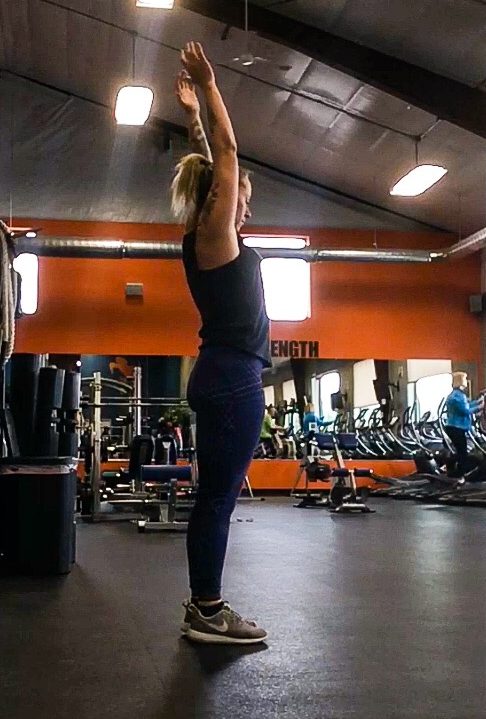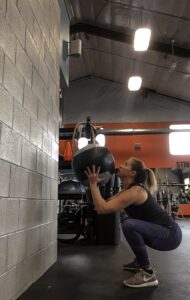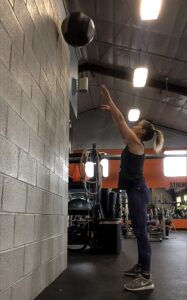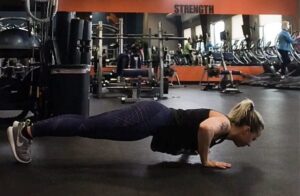Cardio is essential in a well-rounded fitness routine, but it’s certainly not everyone’s favorite, especially when the activity is perceived as “high-impact”. Some personal trainers work with clients can’t or flat out won’t run and jump. So how can you get cardio into your client’s session without the impact?
Placating the Non-Participants
Every trainer is familiar with the client who tells them right off that they “will not” be running in their sessions or otherwise. Or how about the client who has “bad” hips, knees or feet and has pain with high-impact exercise? There are skillful ways any trainer can handle these scenarios.
Not everyone is built to be a runner, and hence, will not participate; and by runner, I don’t only mean someone who was on the track team or completes marathons. I also mean the general fitness client who might enjoy running to burn off some extra energy or perhaps is willing to do it for health’s sake.
I am one of those people: I’m not attempting to shave seconds off my mile or participate in a marathon, but I really enjoy running.
When Injury Interferes
I recently suffered a severe ankle sprain and was looking at a 6-week plus recovery time. The idea of not being able to pound some pavement and get my heart racing for six weeks made me want to crawl out of my skin. I also despaired that my cardio gains might dwindle significantly.
I started to brainstorm ways I could perform cardio without impact on my lower body. I realized how helpful this could be for my clients who don’t like to run or those that struggle with knee and foot injuries which prevent them from impact-based cardio workouts. As personal trainers, we have to be versatile when dealing with an injured client.
Over the last few weeks, I have found some of the best non-impact exercises that not only got my heart rate up but were a true challenge and left me with that cardio afterglow:
Battle Ropes
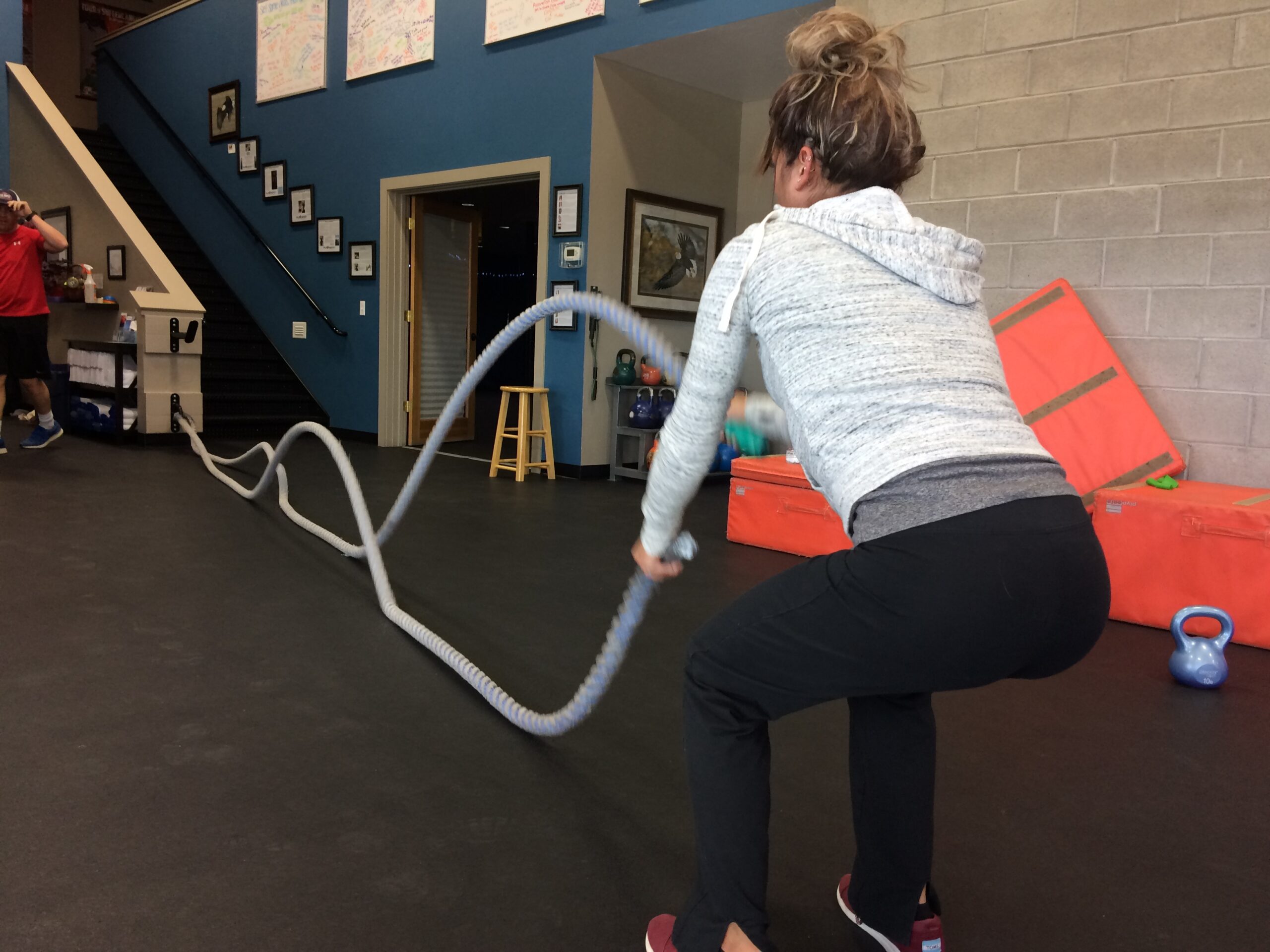
Medicine Ball Slams
Nothing says increased heart bmp’s like lifting something heavy overhead. Not to mention how effective these are for relieving any pent up emotional tensions. Keep the body stable as the arms slam the ball hard down onto the floor in front of the feet.
Kettlebell Swings
The mechanics of a kettlebell swing are tough to really nail down. Make sure you work with your client on form an execution before increasing speed, weight and intensity. The trick with these is to use a weight that is challenging but also allows the client to attain a sufficient range of motion through the hip flexion and extension.
Wall Balls
Like kettlebell swings, I have my clients use the “light and low” rule. Keep the medicine ball weight low so they can take a deep squat and throw the ball all that much harder.
- Stand 2-3 feet from a wall
- Hold the medicine ball in front of the chest
- Squat
- Stand up out of the squat while shooting the ball up and towards the wall, similar to shooting a basketball
- Catch the ball and immediately return to the squat and repeat
Walking Burpees
This is a movement I use with clients who are building the strength and coordination for the full expression of a burpee, however they’re also great for non-impact cardio. For this burpee variation the standing jump, and jumping the feet back to plank are removed. Depending on your client’s strength level, the push-up can be removed as well to regress.
If this exercise is being used because the client has any sort of healing foot or ankle injury and cannot run or jump, keep in mind that a plank does require at least 90 degrees of ankle and toe flexion. It is also a little more intense than just doing a plank because it will require single-foot support while moving through the exercise.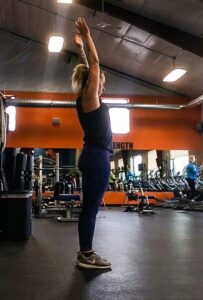
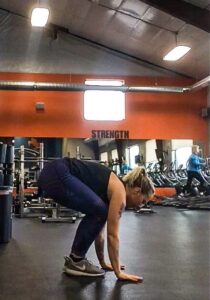
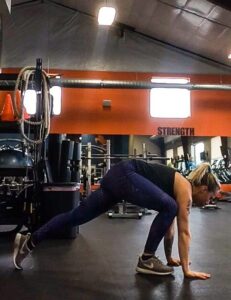
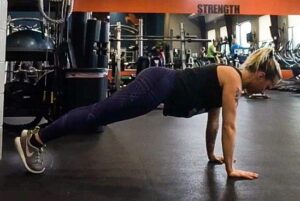
- Standing, reach overhead.
- Reach hands down placing them flat on the ground and frame the feet. The client can bend their knees as much as needed to do so.
- One after the other step the feet back into a plank position. Instruct them to try and keep the hands flat on the ground while doing so, often I see clients trying to support themselves on the knuckles of the fingers with the palm off the ground. Not ideal for the finger joint’s health!
- Push-up (optional).
- Walk the feet forward, trying to place them as close as possible to the hands. This will challenge both abdominal strength and hip mobility.
- Returns hands overhead and continue to repeat the movement pattern.
How to Apply
Long work intervals and short rest are going to be the most effective for the desired cardio effect. This will get the heart rate up and challenge endurance and stamina. I use all of these exercises in a circuit of 45 seconds on and 15-35 seconds of rest with 4 rounds of each. I allow a rest of 60-90 seconds between the different exercises. This will take on average 20-30 minutes to complete providing a superb cardio workout!
I know how frustrating it can be to wait for an injury to heal. But injuries aside, an excellent workout can still be attained. Whereas running and jumping may be the most straight forward for a challenging cardio workout, it’s not the only option. You can start by applying these few to your client’s sessions. But keep exploring movement patterns and exercises to come up with some more creative ways to work with with your clients’ individual needs.
